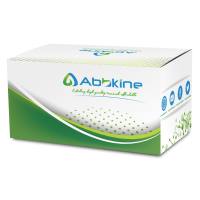Polyacrylamide gel electrophoresis (PAGE) of proteins has been used increasingly during the past decade in the examination of bacteria for both comparative purposes and in the study of their protein biochemistry at the molecular level. The most popular of the techniques employed, discontinuous SDS-PAGE, was first described by Laemmli (1 ) as a method for the separation of polypeptides in complex mixtures and the determination of their molecular weights. Sodium dodecyl sulfate (SDS) is an anionic detergent that binds to a polypeptide in proportion to its size. When treated with SDS and a reducing agent, polypeptides become rods of negative charge, but with equal charge densities. The intrinsic charge on polypeptides is effectively overwhelmed by SDS binding thus allowing their migration and separation solely according to size. The SDS-PAGE technique separates proteins by the more conserved parameter of molecular weight and thus appears to detect broader taxonomic relationships, especially at the species and subspecies levels, than methods based on charge parameters. One-dimensional SDS-PAGE offers the combination of high-resolution and good reproducibility and thus has clear advantages over the lower resolving nondenaturing systems and the lower reproducibility of both gradient-PAGE and isoelectric focusing. The theoretical background for the SDS-PAGE technique has been described in detail elsewhere (2 ,3 ) and is not considered further in this chapter.






